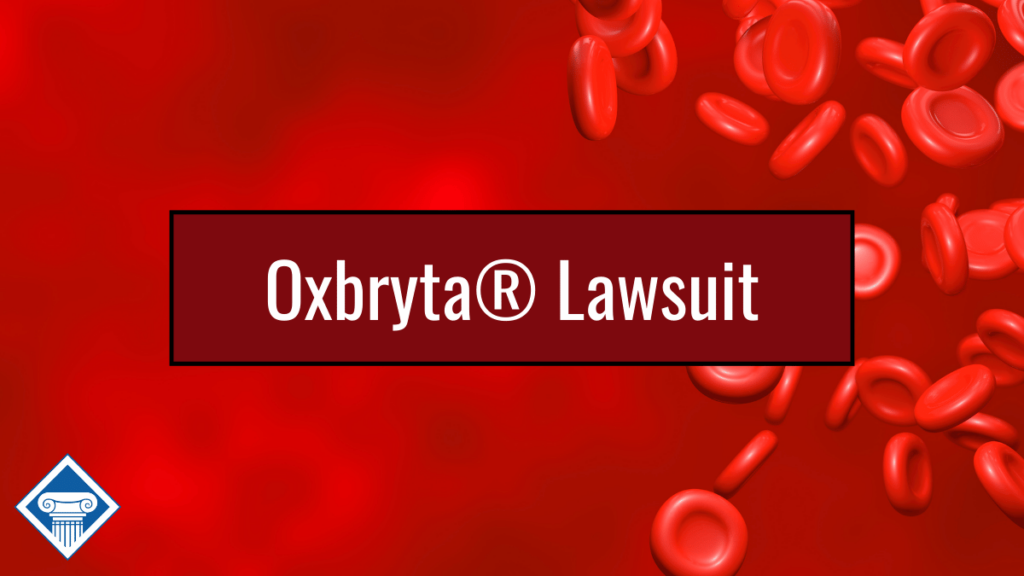Navigating life with eosinophilic esophagitis can be challenging. Because the condition impacts the esophagus and makes eating difficult, it can significantly affect your daily life and overall health.
Veterans are especially susceptible to developing eosinophilic esophagitis due to possible exposure to environmental toxins and allergens during service.
In this article, we’ll explain what eosinophilic esophagitis is, how it may be connected to military service, and how you can get an eosinophilic esophagitis VA rating.
Key Takeaways
- EoE is rated using diagnostic code 7203 at 0%, 10%, 30%, 50%, or 80%.
- Gulf War veterans exposed to toxins and pesticides may be at a higher risk of developing chronic gastrointestinal diseases like EoE.
- Veterans who have both EoE and related conditions like asthma, IBD, or eczema may be entitled to increased VA disability payments.

Our team is ready to help
In this article about the eosinophilic esophagitis VA rating:
Veterans and eosinophilic esophagitis
Eosinophilic esophagitis (EoE) is a chronic inflammatory disorder that develops when the immune system produces an abundance of white blood cells that collect in the esophagus.
These white blood cells, called eosinophils, cause inflammation and narrowing of the esophagus that can lead to:
- Heartburn
- Chest pain
- Difficulty swallowing
- Vomiting
- Abdominal pain
- Food getting stuck in your esophagus

EoE is caused by an allergic reaction to triggers like certain foods, environmental factors, or acid reflux. This immune system reaction fills your esophagus with inflammatory white blood cells and causes damage.
Veterans may be more likely to develop eosinophilic esophagitis and related gastrointestinal conditions if they were exposed to certain environmental exposures and stressors during service.
One study found that Gulf War veterans who were exposed to toxins like chemical warfare and pesticides may be at a higher risk of developing chronic gastrointestinal diseases.
Other research found a link between poor water quality and the development of EoE.
Eosinophilic esophagitis VA rating
EoE is rated using diagnostic code 7203 in the Schedule of Ratings for the digestive system. To assign an appropriate rating for service-connected EoE, the VA will consider the severity of the condition, how often treatment is required, and how the disease impacts your overall health and everyday life.
Potential EoE VA ratings are as follows:
The VA defines recurrent esophageal stricture as the inability to maintain target esophageal diameter beyond four weeks after the target diameter is achieved.
Refractory esophageal stricture is the inability to achieve a target esophageal diameter despite receiving at least five dilation sessions at two-week intervals.
“If you were injured while serving this country and are reading this review, I encourage you to contact Woods & Woods right away. They are always standing ready to assist veterans in need.”

J.B., a Navy veteran in Virginia
Eosinophilic esophagitis and related conditions
People with EoE often have a history of other allergic conditions, suggesting that those conditions have the same underlying immune response.
It is possible to receive VA benefits for more than one allergic condition. Veterans with more than one service-connected condition may receive increased monthly compensation and other benefits.
EoE and asthma
Asthma, another chronic condition characterized by the narrowing of airways, is closely related to EoE. In fact, asthma and EoE often occur alongside each other. Studies show that EoE is becoming more common and is parallel to an increase in asthma and allergies.
EoE and eczema
Eczema, also known as atopic dermatitis, is inflammation of the skin that causes dry, itchy patches of skin.
EoE and eczema are both linked to overactivity of the immune system and involve inflammation that is triggered by allergens. Having one condition may increase the likelihood of developing the other.
EoE and inflammatory bowel disease
Two types of inflammatory bowel disease (IBD) have been strongly linked to EoE. One study shows that patients with Crohn’s Disease or ulcerative colitis are three to five times more likely to develop EoE, compared to those without either condition.
TDIU for eosinophilic esophagitis
There are cases in which a veteran with a service-connected condition is unable to maintain a job due to symptoms of their illness. A veteran with EoE, for example, may have severe heartburn and chest pain that causes them to be frequently absent from work.
A veteran can be awarded total disability based on individual unemployability (TDIU) benefits if they can’t maintain “substantially gainful employment” due to their service-connected conditions.
Veterans who receive TDIU benefits are compensated at the same level as those with a 100% disability rating, even though their combined rating is below 100%.
Veterans will typically be eligible for TDIU if they have:
- At least one service-connected disability rated at 60% or more disabling OR
- Two or more service-connected disabilities with at least one rated at 40% or more disabling and a combined rating of 70% or more
How Woods & Woods can help
Woods & Woods has been fighting for people with injuries and disabilities since 1985. Our team of accredited VA disability lawyers, case managers, legal analysts, and intake specialists know the ins and outs of the VA so you don’t have to do all the hard work. Call us today for your free and confidential case evaluation.
Don’t fight the VA alone

Frequently asked questions
Eosinophilic esophagitis is rated using diagnostic code 7203 in the Schedule of Ratings for the digestive system. Potential EoE VA ratings are 0%, 10%, 30%, 50%, and 80%.
It’s common for people with a history of an allergic condition to develop another one. Conditions like asthma, food allergies, and eczema are often seen in patients with EoE.







